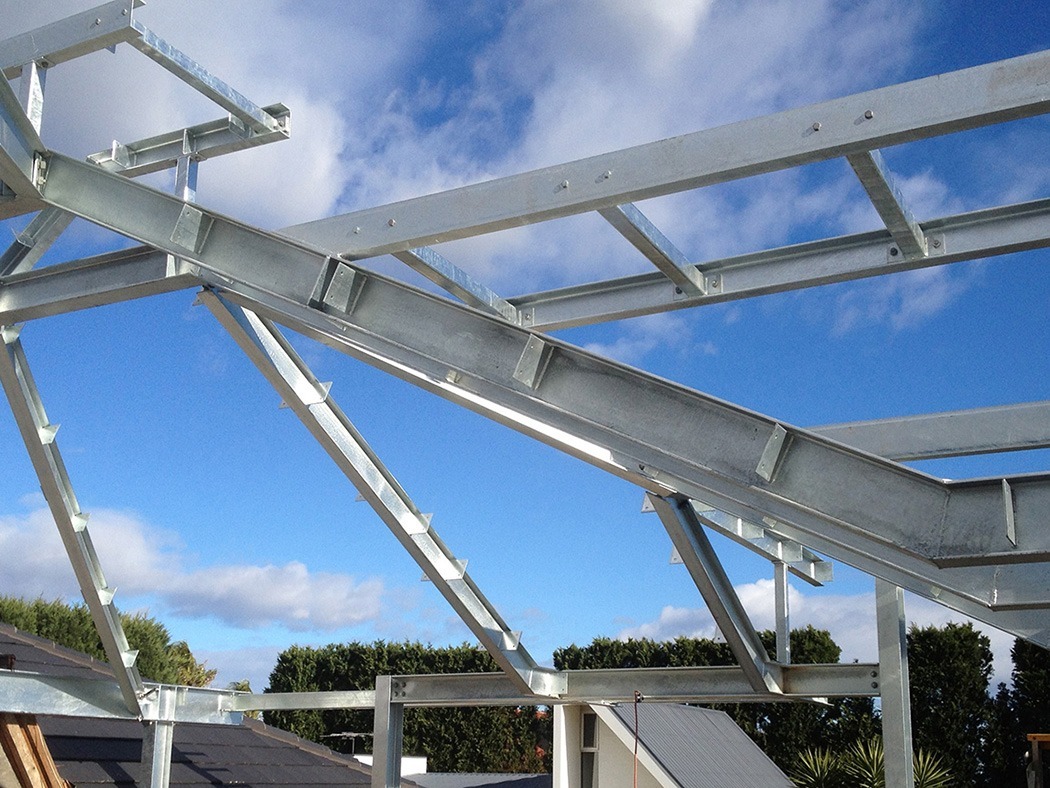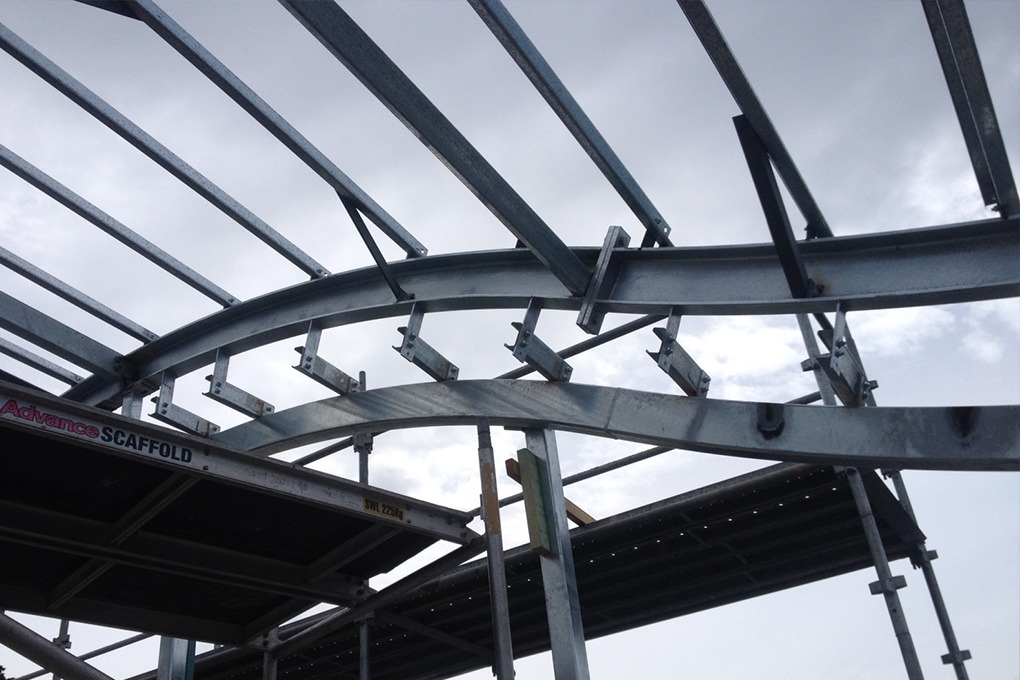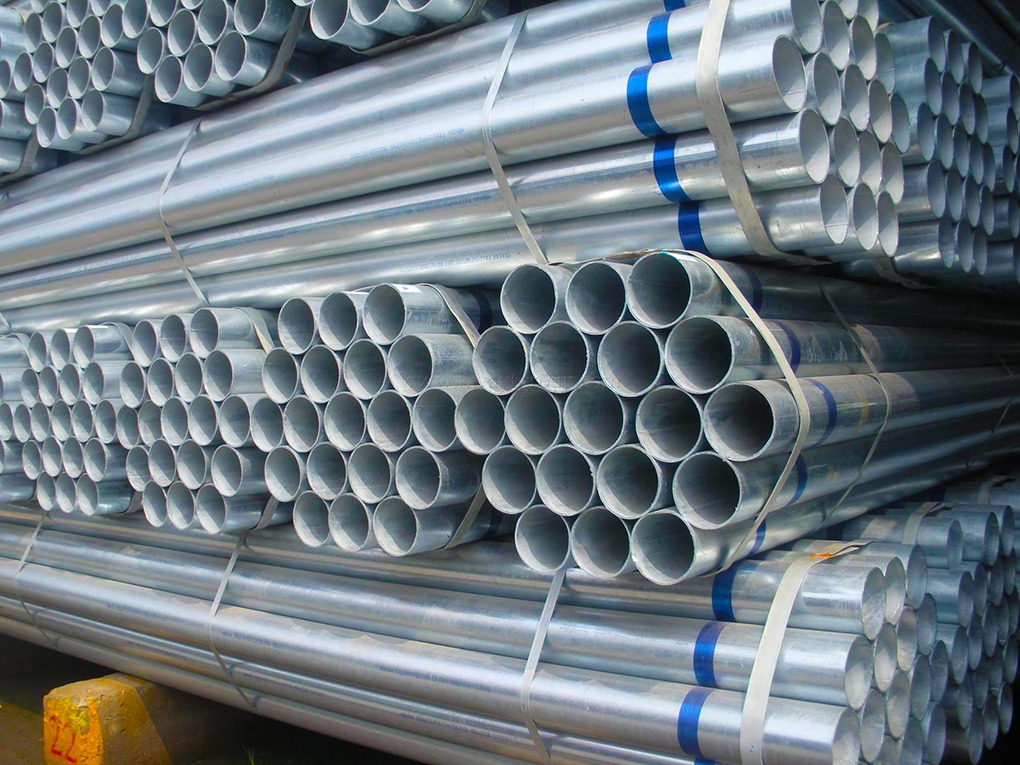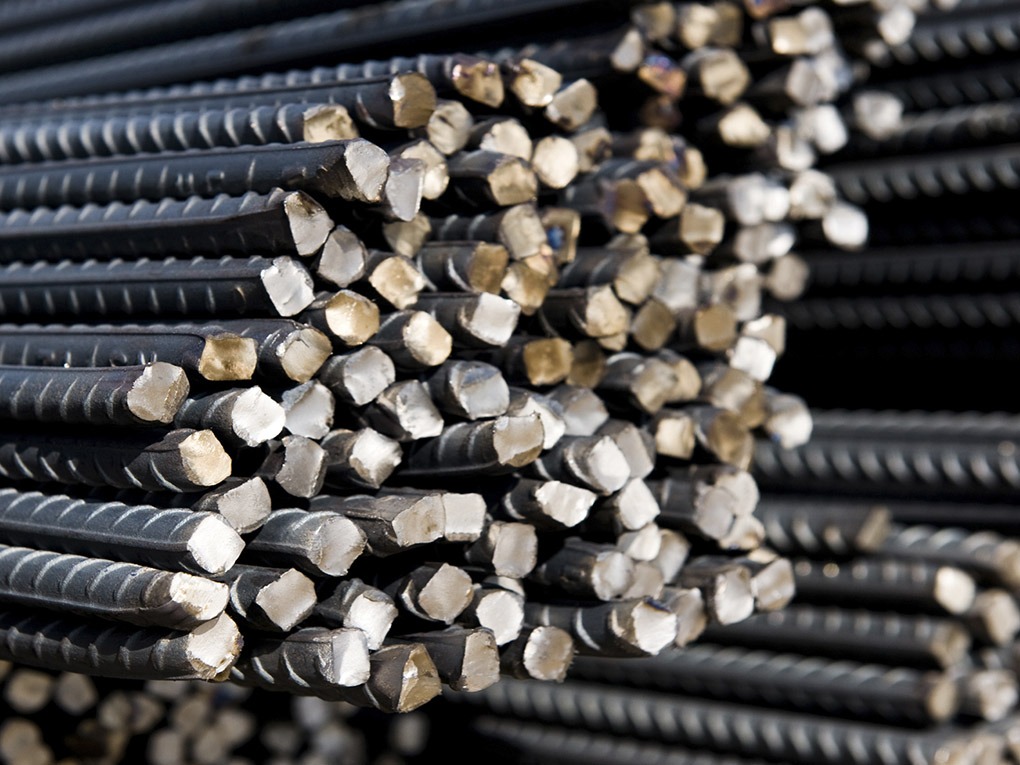Steel is one of the most common materials used in construction. Praised for its versatility, extremely high tensile strength and value, it is widely used in everything from residential construction to buildings skyscrapers. There are a number of different kinds of steel used for construction. Each has their own unique properties and therefore specific uses in building. Let’s take a look at what these are.

Steel is a crucial material in all kinds of construction. Let’s take a look at three of the different kinds you might come across in the industry.
Structural Steel
Structural steel is a type of metal used for making construction materials. It is categorised into shapes, each with their own compositional properties which make them ideal for certain uses in construction. There are many structural steel shapes:
Parallel Flange Channels -These channelled beams are U-shaped with right angled corners – a bit like a stick of staples. They come in many different sizes, however, the two sides are always the same length and are parallel to each other. They also offer a high strength to weight ratio and have similar uses to angled sections.
Tapered Flange Beams – Taper flange beams are I-shaped sections and are also available in a wide variety of sizes. In construction, these are often used for cross-sections of girders. Though they have quite high resistance ratios, they are not usually recommended when pressure is present along their length as they are not torsion (twisting) resistant.
Universal Beam -Universal beams, also known ad I-beams or H-beams, are shaped like their namesake: an ‘I’ when standing upright, and a ‘H’ on their side. Universal beams are usually made of structural steel and are used in construction and civil engineering, among other industries.
Universal Column -Universal beams are also widely used for structural purposes. They are similar to beams and are often called I-beams or H-beams, however, all three sections are equal in length. As their name suggests, they are mainly used for columns, and have fantastic load-bearing capabilities.
Angled Sections – Angled structural steel sections can either either be equal or unequal. Both are right angled, however, unequal sections have different sized axis’ making them L-shaped. This kind of section is much stronger (up to 20%) with much higher strength to weight ratios. Angled section are used in residential construction, infrastructure, mining and transport. They are available in wide range of lengths and sizes.
Circular Hollow Sections – Circular Hollow Sections have hollow tubular cross sections and have much higher resistance to torsion that tapered flange beams. Thickness of the walls are uniform around the entire circle which makes this beams great for use with multi-axis loading applications.
Rectangular Hollow Sections -Similar to circular hollow sections however they have rectangular cross sections. They are very popular in many mechanical and construction steel applications. Their flat surfaces make them prime for use in joining and metal fabrication.
Square Hollow Sections – Like their hollow section brothers but with square cross sections, these are used in smaller applications such as columns or posts. However they are unsuitable for beams as their shapes are inherently difficult to bolt into other shapes. They are also known as ‘box sections’.
Flat Sections – The most versatile steel section as they require to be attached to another section. In some cases they can be attached to another section as a strengthening tool. They are also often referred to as ‘plates’ (for example, checker plate).

Mild Steel
Carbon steel is steel that contains between 0.12% and 2.0% carbon and is the main interstitial alloying constituent. Carbon is used in steel-making as a hardening agent whereby the greater the level of carbon, the harder and stronger the steel is through heat treating (however, the more carbon, the less ductile the steel will be). In carbon steels, the higher the carbon levels, the lower the melting point.
Mild steel is the most common form of steel due to its low price and huge versatility across a number of applications. Mild steel contains only a small percentage of carbon (approximately 0.05–0.25%) making it malleable and ductile. It is often used when large quantities of steel are needed.

Rebar Steel
Rebar steel is shorthand for reinforcing steel. It is commonly used as a tensioning device to reinforce concrete and other masonry structures as structural reinforcement. It is usually a carbon steel and has ridges that ‘grip’ onto the concrete.

If you need quality steel that is fabricated to suit your unique needs, contact Steel Fabrication Services today. Our team of expert structural steel fabricators have the experience and knowledge to answer any of your questions and will ensure that you find the best solution to suit your needs. To contact us today, simply call, fax, email or drop by our Brookvale location.